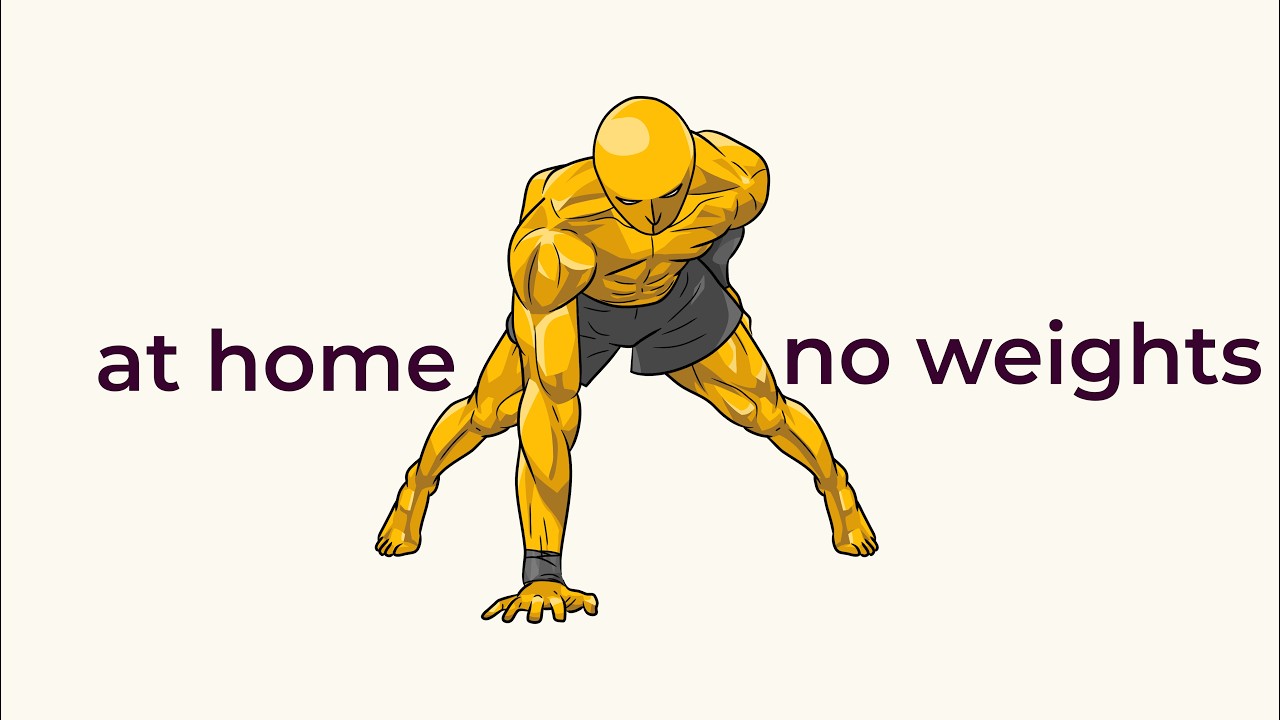The Ultimate Beginner’s Guide to Calisthenics: Build Strength with Just Your Body Weight
Are you intrigued by calisthenics and wondering if it’s the right workout for you? If you’re overwhelmed by the variety of exercises and routines or unsure if you can get fit without equipment, you’re in the right place. In this guide, we’ll break down the fundamentals of calisthenics and show you how to build strength, flexibility, and endurance—all with just your body weight.
What is Calisthenics?
Calisthenics is a form of strength training that uses body weight exercises to build muscle and endurance. Unlike weightlifting, which isolates muscles, calisthenics focuses on compound movements that engage multiple muscle groups at once. This makes it an excellent way to improve functional fitness, balance, and agility.
Key Terms You Need to Know
- Bodyweight Exercises – Movements that use your body as resistance, such as push-ups, pull-ups, and squats.
- Repetitions (Reps) – The number of times you perform an exercise in a row.
- Sets – A group of repetitions performed without rest.
- Progressions – Exercise variations that increase in difficulty as you build strength.
Understanding these basics lays the foundation for a successful calisthenics journey. Now, let’s dive into how to get started.
Setting Up for Calisthenics Success
Find the Right Space
Choose a location where you have enough room to move freely, whether it’s your living room, garage, or a local park.
Essential Equipment (Optional but Helpful)
- Pull-Up Bar – Crucial for pull-ups and chin-ups.
- Parallel Bars or Dip Station – Great for dips and leg raises.
- Weighted Vest – Adds resistance to bodyweight exercises.
- Rings – Increases versatility for exercises like ring dips and muscle-ups.
- Resistance Bands – Assists with pull-ups and adds resistance to exercises.
Set SMART Goals
Define what you want to achieve with calisthenics, whether it’s strength building, weight loss, or mastering skills like handstands. Use SMART Goals: Specific, Measurable, Achievable, Relevant, and Time-bound.
The Core Movements of Calisthenics
A well-rounded calisthenics routine consists of three primary movement patterns: Push, Pull, and Squat.
Push Exercises (Targets chest, shoulders, and triceps)
- Push-ups – Keep hands shoulder-width apart, lower your body, then push back up.
- Dips – Use parallel bars or a sturdy surface, lowering yourself until elbows are at a 90° angle, then push up.
Pull Exercises (Targets back, biceps, and forearms)
- Pull-ups – Hang from a bar with an overhand grip, pull yourself up until your chin is above the bar.
- Chin-ups – Similar to pull-ups but with an underhand grip, emphasizing biceps.
Squat Exercises (Targets legs and glutes)
- Bodyweight Squats – Stand with feet shoulder-width apart, lower your body as if sitting in a chair, then stand back up.
- Lunges – Step forward with one foot, lower your hips until both knees are bent at a 90° angle.
By mastering these movements, you build a strong foundation for your calisthenics journey.
Creating a Balanced Calisthenics Routine
Warm-Up (5–10 Minutes)
Start with dynamic stretches to increase blood flow and flexibility:
- Arm circles
- Leg swings
- Jumping jacks
Main Workout
Pair up exercises for efficiency and intensity. Example beginner’s routine:
- 3 sets of 8–12 push-ups
- 3 sets of 5–8 pull-ups
- 3 sets of 10–15 squats
Start with the more demanding exercises while your energy is highest.
Cool Down (5–10 Minutes)
Finish with static stretching to relax muscles and improve flexibility:
- Hold each stretch for 20–30 seconds.
- Focus on muscles used in your workout.
Training Frequency
- Aim for 3–4 sessions per week.
- Allow rest between workouts to prevent overtraining.
- Mix up your routine to challenge different muscles.
How to Progress in Calisthenics
Improvement in calisthenics isn’t just about doing more reps—it’s about making exercises progressively harder.
Ways to Increase Difficulty
- Increase Reps & Sets – Gradually move from 8 to 12 reps, then 15+.
- Exercise Progressions
- Push-ups → Diamond Push-ups → Archer Push-ups
- Assisted Pull-ups → Regular Pull-ups → Wide-Grip Pull-ups
- Squats → Pistol Squats
- Add Resistance – Use a weighted vest or resistance bands.
Remember, progress slows as you advance, but consistency is key. Stay patient and keep pushing forward!
Overcoming Common Challenges
Breaking Through Plateaus
- Switch up your routine.
- Increase difficulty with progressions.
Staying Motivated
- Set clear, achievable goals.
- Track progress and celebrate milestones.
Injury Prevention
- Warm up properly before workouts.
- Listen to your body—don’t push through pain.
- Take rest days for muscle recovery and growth.
Final Thoughts: Start Your Calisthenics Journey Today
Even if you haven’t done a single rep yet, calisthenics isn’t as intimidating as it seems. We’ve covered the basics, outlined a structured workout plan, and provided tips to keep you progressing. The key to success? Consistency, proper form, and enjoying the process.
Take Your Training Further
For a complete step-by-step guide, check out The Calisthenics Playbook—trusted by athletes worldwide. This structured guide will elevate your training and help you reach your fitness goals.
👉 Get your copy now (available in digital & print)!
Ready to become stronger? Start today and transform your fitness with calisthenics!
Don’t forget to share this guide for more fitness insights!
Share this content:











